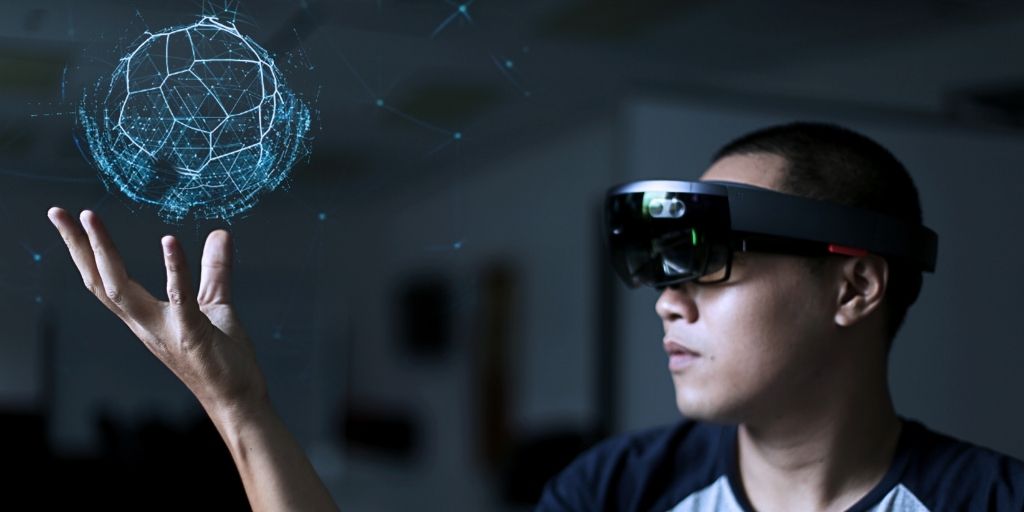
The Head & Neck Cancer Foundation is delighted to announce that Professor Mark McGurk, UCLH, and Co-Founding Trustee of the charity, has with Simon Morley led the development of a ground-breaking technique to vastly improve patient outcomes from surgery for salivary gland tumours.
Professor McGurk explains why Parotid tumours present such a high risk: “The Parotid glands are the largest of the salivary glands. They are located either side of the mouth, in front of both ears, and produce saliva. Over three quarters (80%) of major tumours in the salivary gland start in this area. A very important nerve (Facial Nerve), which allows movement of the face, runs and branches-out through the parotid gland. The nerve’s placement in the salivary gland means that often, it is within close proximity to tumours – making surgery difficult and leaving a high risk of loss to facial movement. This has a hugely negative impact on the patient’s day-to-day communication and quality of life. This technique means the surgeon will not blindly stumble across the facial nerve structure during surgery but be completely informed before starting surgery. Currently injury to the facial nerve sits at approximately 30% transient from traditional operations of this type.”
This advanced new imaging procedure uses the most advanced and powerful MRI scanners, combined with Microsoft’s HoloLens technology, to produce a truly three-dimensional hologram of the surgery site. This is used to forewarn the surgeon of the exact position of the facial nerve in relation to tumours of the Parotid salivary glands, which makes planning an operation far more accurate. Use of the technique mitigates collateral damage to the important facial nerves during treatment.
The technique combines different sequences of MRI imaging to trace the tiny facial nerves running throughout the Parotid gland and to visualise it. Dr Simon Morley has developed a method of using the MRI sequences together with the utilisation of high-contrast imaging technology to demark the nerve’s position. This is then meticulously ‘traced’ by the Radiologist which requires skill and experience. The MRI files are then converted so the data can go into the HoloLens and this creates a true-to-life 3D hologram.
The hologram details the surgery area, the Parotid gland, facial nerve’s position and tumour – all in precise detail. This informs the surgeon prior to surgery. The next step is to correlate the hologram back onto the patient during surgery. This allows the surgeon to make real-time and precisely informed decisions in order to achieve the best possible patient outcomes.
Professor McGurk comments on how the global oncology community will embrace this breakthrough: “We have worked painstakingly hard to get where we are with this. The driver for the HNCF charity is always improving post-operative outcomes for head and neck cancer patients. Our findings will enable better-informed surgeries. Treatment for this type of tumour will now evolve from a standard surgical procedure – and take into account the precise positions of both the tumour and the nerve structure. I predict that once patients and surgeons know there is a way to visualise a tumour and the facial nerve together – both will want to see these images prior to treatment. Surgery will become more refined, with less complications and nerve damage.”
Professor McGurk and his colleague Dr Simon Morley (UCLH) are co-delivering an education program to instruct oncology teams around the world on this innovative technique. To date they have instructed teams across the UK, Europe and Asia.












